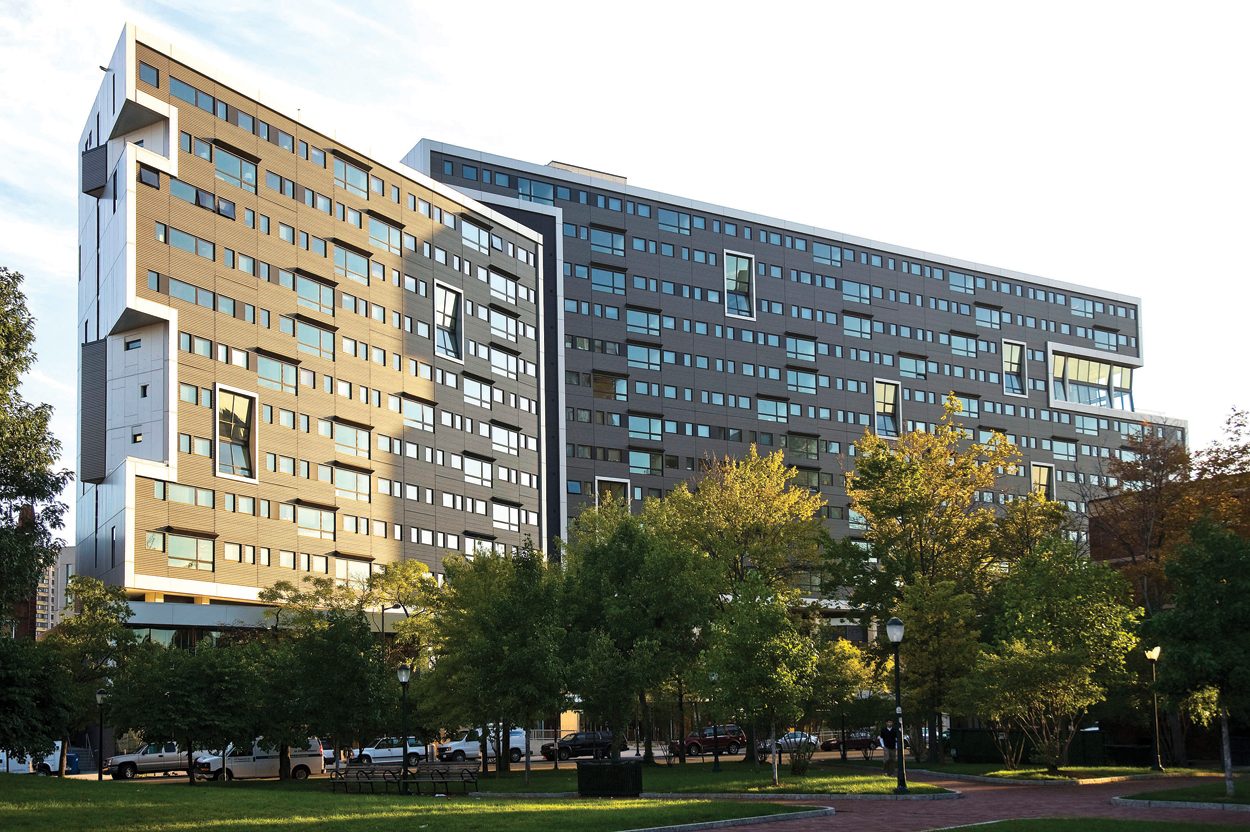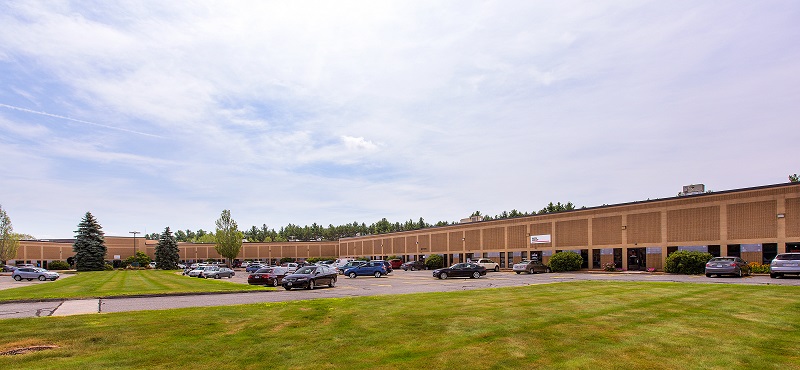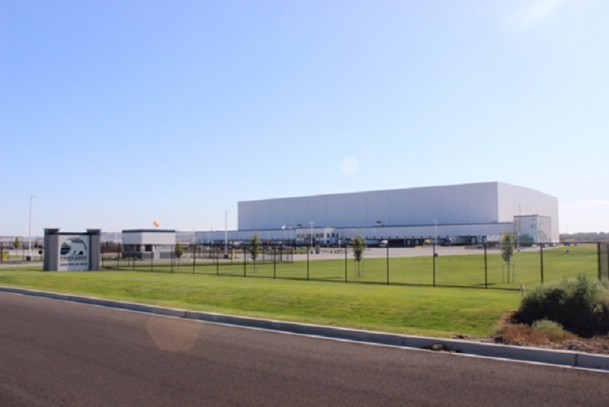Hot Investment Niches
A run of good fortune is prompting investors to ask not only what’s in store for the market as a whole but where to invest next. For a growing number of investors, niche markets provide an answer.
By Dees Stribling
Investors in U.S. commercial real estate have enjoyed a good run in recent years, amply rewarded by improving valuation, occupancy and rents across multiple asset categories and markets. Indeed, 2015 will be hard to top. Investment sales rose to $533 billion nationwide, a 23 percent gain over 2014 and second only to the pre-crash year of 2007.
These trends have persisted to this point in 2016, as fundamentals remain fairly strong. New supply has yet to catch up with demand, apart from notable exceptions such as high-end multifamily properties in downtown gateway markets. Even so, such a run of good fortune is prompting investors to ask not only what’s in store for the market as a whole but where to invest next. That is no small challenge, since the volume of capital worldwide is so great and interest rates remain so low. But where?
For a growing number of investors, niche markets provide an answer. Some, like student housing, offer solid fundamentals and proven performance. Data centers promise high returns, driven by the paradigm shift in business technology. And several niches are still largely under the radar but have caught the attention of investors in select markets, such as cold-storage industrial facilities.
Head of the Class

The Radian, a student housing community adjacent to the University of Pennsylvania in Philadelphia, is part of a portfolio that traded for $1.4 billion this year.
Though still a niche investment, student housing has received a burst of interest during this decade. An expanding population of college students has converged with a taste for higher-end amenities that, in turn, boosts rent and revenue. Both trends are expected to continue, and investors are responding accordingly.
“The student housing sector witnessed a staggering increase in overall transaction volume for 2015 compared to 2014, at $2.5 billion, or 81 percent higher,” noted Jaclyn Fitts, director of student housing at CBRE. “With more capital flooding into the sector, the average cap rate for 2015 was 5.92 percent for student housing transactions. In comparison, multifamily cap rates averaged 5.81 percent for the same time period.”
Last year, Fitts brokered the sale of a student housing portfolio to Starwood Capital Group, one of the two large-scale deals completed as part of the giant investor’s entry into the sector. Starwood is estimated to have paid between $250 million and $275 million for the two portfolios, which comprise 10 communities and 2,301 units serving nine major public university campuses.
Student housing generated one of the year’s first blockbuster deals. In January, a joint venture of the Canadian Pension Plan Investment Board, GIC and the Scion Group LLC agreed to acquire University House Communities Group Inc. from InvenTrust Properties Corp. in a $1.4 billion deal. The portfolio, which InvenTrust sold as part of its strategy to divest itself of non-core assets, comprised 18 completed student housing communities and four under development.
Though future college enrollment won’t grow quite as briskly as it has in recent years, demand for student housing will continue to rise. Full-time enrollment in postsecondary degree-granting institutions increased 49 percent between 1998 and 2012, reported the National Center for Educational Statistics. A more modest 14 percent increase is projected between 2012 and 2023.
Premium Pricing
Some high-demand markets are already experiencing shortfalls in student housing, and buyers are ready to pay top dollar for properties in those locations. Recently, Lokal CSU, a 79-unit, 194-bed community completed last year one block from the Colorado State University campus in Fort Collins, traded for $24.6 million, or more than $310,000 per unit.
“The property provides the amenities that students seek and that drive pricing and occupancy,” noted Robert Kaplan, a senior associate in Marcus & Millichap’s Denver office, who brokered the deal. Also at work, however, is a local supply-demand imbalance. “Demand for student housing in Fort Collins is fueled by the needs of about 27,000 students, fewer than 6,000 CSU residence hall beds and a university that continues to grow,” Kaplan explained.
Rise of the Cloud Crowd

U.S. data centers, like this one developed by Baltic Servers, earned $115 billion in 2015, a 6.1 percent year-over -year increase, according to JLL.
The cloud promises many things: secure storage of data, mobile computing taken to the nth degree, and increased demand for data centers. The data center category, like student housing, is hardly a new item on investors’ menus, but even so it remains increasingly popular. As more business is conducted online, both private industry and government agencies rely increasingly on outsourced data hosting and processing.
The market experienced tremendous growth in 2015. Multi-tenant data centers earned revenues of $115.3 billion, a 6.1 percent year-over-year increase, according to JLL. Ideal data center locations are near large population centers, but offer low development, operating and tax costs, with access to abundant and low-cost energy, JLL noted. Many states offer tax incentives targeting data centers. Northern Virginia, Dallas, Seattle/Portland, San Francisco/Silicon Valley and Chicago posted the highest absorption rates in 2015.
“There’s a ravenous appetite from investors for data center space at a time when top-line enterprise companies are ramping up their exit and capital-raising strategies and looking to monetize their data centers more than ever before,” said Jeff West, director of data center research & analysis for CBRE.
“However, investors still view the sector with an amount of caution, as market dynamics don’t fit the same mold as more traditional real estate asset classes like office or multifamily,” he added.
Caution is probably justified in some cases. Not all data centers are created equal, and not all facilities are gems with investment potential. Facility obsolescence can often extend beyond what can be fixed by software updates or the replacement of outdated equipment. It’s also important for investors to understand whether the facility can support innovations like higher-density servers that need a smaller footprint, processors that require less power, advances in cooling technology and evolving bandwidth or network considerations.
“Potential buyers focused on occupancy and/or retrofit opportunities will likely consider a different set of criteria than investment buyers, who will place varying emphasis on factors that impact their potential returns, including credit quality of tenant, existing lease term and value-add/expansion opportunities,” noted West.

Lincoln Rackhouse, the data center division of Lincoln Property Co., recently acquired 34 St. Martin St., a 203,840-square-foot property in Marlborough, Mass.
As with all assets, location matters for data centers, and what makes a location attractive often differs from criteria for other property categories. Lincoln Rackhouse, the data center division of Lincoln Property Co., recently acquired 34 St. Martin St., a 203,840-square-foot data center and office property in Marlborough, Mass. A team from JLL Capital Markets represented the seller, Deutsche Bank. “We secured the property for its important location at the crossroads of the Boston region’s deep colocation and connectivity network,” said Martin Peck, Lincoln Rackhouse’s managing director.
“Boston has become a traffic hub for all of New England’s interconnected networks,” he added. “Also, the Boston region is well served by many technology companies that rely on the area’s robust local, national and international fiber networks.”
Fully leased to nine tenants, 34 St. Martin is anchored by TierPoint, a data center and information technology company, and Lightower, a fiber network provider. Long-haul fiber routes originate from all directions through the building, and it draws a wide array of colocation customers. In addition to 34 St. Martin, Lincoln Rackhouse’s recent acquisitions include data centers in Texas, Colorado, North Carolina and New York.
Cold Category, Hot Prospects
Aggregated national sales data for some specialty asset categories is often hard to come by, but anecdotal evidence suggests that cold storage facilities are drawing considerable interest from investors in certain markets. Typically, these facilities combine an office component with industrial-grade, climate-controlled areas for freezer, cold storage and dry storage functions.

Lexington Realty Trust recently bought 2800 Polar Way, the largest refrigerated warehouse in North America that was built-to-suit for Preferred Freezer Services.
In Richland, Wash., Lexington Realty Trust recently acquired 2800 Polar Way, a 456,400-square-foot cold-storage warehouse and distribution facility. Roughly equidistant from Seattle and Portland, Ore., the property was developed by Victory Unlimited Construction in 2015 as a build-to-suit for Preferred Freezer Services, which occupies the building under a 20-year triple-net lease.
The property also holds dual distinctions as both the largest refrigerated warehouse in North America and the largest automated freezer in the world: 36.3 million cubic feet of temperature-controlled area and 312,755 square feet of freezer capacity. The property stores and distributes potatoes processed at ConAgra’s nearby Lamb Weston processing plant, and Lexington Realty expects about two billion pounds of frozen products to move through the facility annually.
Other markets are short of cold storage space, a trend that might pique the interest of investors in the long run. Phoenix may be in for a strong year, say local industrial market specialists.
“There are more than a dozen food and beverage users actively looking in our market right now for cold storage space, but this is very specialized inventory that’s expensive to build, and it’s never developed on a speculative basis,” said Anthony Lydon, a managing director in JLL’s Phoenix office. “That makes it challenging for tenants in the market to find space that’s just the right size, with just the right mix of amenities to meet their needs.”
Among these amenities are larger floorplates, 32- to 36-foot clear-height ceilings and mechanical systems offering variable climate control to meet the cooling needs of foodstuffs stored in different areas of the facility, Lydon said. Cold storage buildings also offer thicker, vented floors under the freezer-area floor slab and chilled cold docks that eliminate any gaps in the “cold chain” throughout the supply chain.







You must be logged in to post a comment.